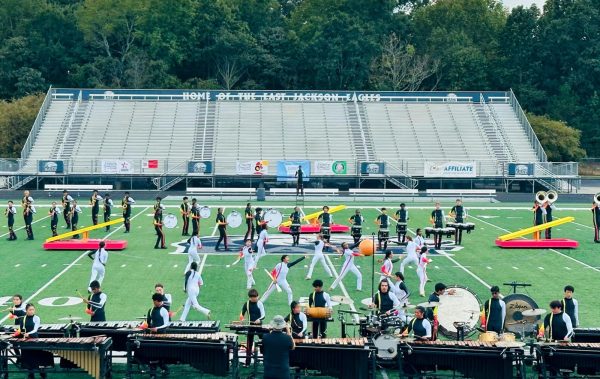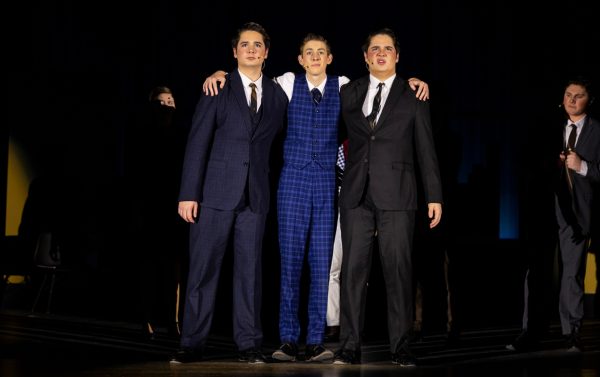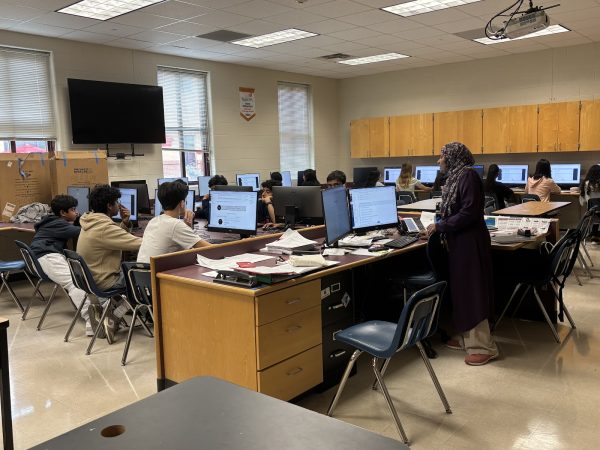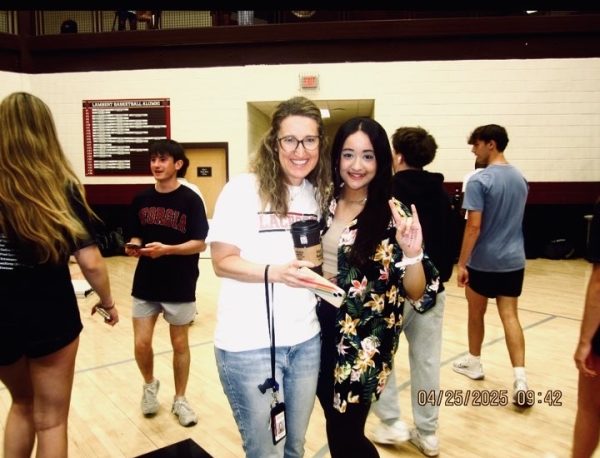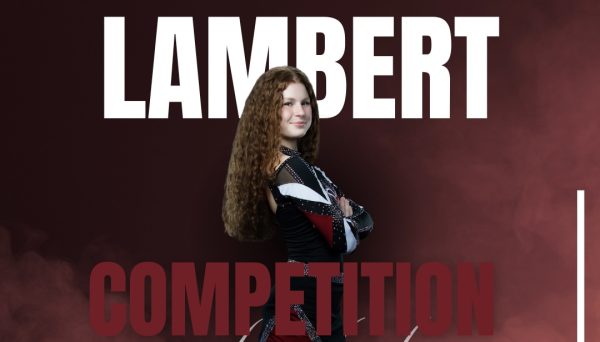Never Have I Ever Seen a Brown Girl on TV

Megan Suri, Richa Moorjani, Lee Rodriguez, Ramona Young, Poorna Jagannathan, Darren Barnet, Maitreyi Ramakrishnan and Jaren Lewison at the premiere of Season 3 of “Never Have I Ever.”
ATTENTION: SPOILERS AHEAD!
“Never Have I Ever” is a cultural phenomenon. Released right after the pandemic began, it became a symbol of South Asian and queer representation with a cast majorly comprised of people of color and/or queer. The show depicts the emotional toll that losing a loved one has on someone. The third season was just released and it is a whirlwind of family moments, breakups, makeups and romantic interludes.
Lambert High School freshman Rishima Dhanuka’s curiosity sparked her “Never Have I Ever” journey. She was interested in seeing how Netflix would portray a South Asian character. She specifically mentioned enjoying the third season’s focus on character growth and development.
She was happy with the representation of South Asians apart from how Devi, “didn’t like her culture very much and she did express that a lot,” Dhanuka explained, “She was almost embarrassed to be Indian. She wasn’t a very good friend, but I guess that changed with character growth too.”
In the third season, Kamala also “[became] more comfortable and realized she didn’t need to have a boyfriend around all the time,” Dhanuka continued. “She didn’t need to be in a relationship, she was choosing to be, and focusing on her career.”
She also couldn’t help but notice that Ben and Devi’s relationship peaked this season and Paxton and Devi’s relationship became more relaxed.
“Devi’s always going to have this internal conflict that she’s not good enough [for Paxton],” Dhanuka said. “Ben is just amazing for Devi because he challenges her, but at the same time, he motivates her and doesn’t let her lose faith in herself.”
She also liked how the producers depicted the mother-daughter dynamic and believed it was accurate.
“It was really sweet to see Nalini,” Dhanuka said. “She was strict with Devi because she was scared of her daughter getting hurt and wanted her daughter to achieve something, but at the same time she loved her.”
While there is much to celebrate about “Never Have I Ever,” the execution of some characters’ racial identities based on popular stereotypes was under par. For example, Fabiola, an African-American Latina woman, was often excluded from Devi and Ben’s academic pursuits even though she was the captain of the robotics team, took multiple APs and was fluent in many languages.
“Fabiola is pretty smart and people tend to look over that,” Dhanuka added. “I think she could’ve gotten a bigger role. I don’t think she deserved to sit out that debate competition, she deserved to go up and help also. I would love seeing Fabiola, the brainy side of her.”
Another one of Devi’s friends, Eleanor, faced similar treatment. As a Chinese American her culture was less explored relative to Devi. Similarly, Paxton’s biracial identity wasn’t explored past the “Living History Project” in season 2.
“Never Have I Ever” also presented weight-biased allusions throughout the show.
Eric Perkins was also the only character who wasn’t traditionally skinny. He exemplified every stereotype of plus-size people. He was the comic relief, acted intentionally oblivious and only had about 10 scenes, which almost all involved him falling victim to teasing. His character’s depth was displayed slightly more in the third season, but he was still the character who faced constant mockery.
Rishima also mentioned what she hoped would happen for next season.
“I’ve noticed…it’s gotten better. It has not gotten (sic) worse and season 3 was by far my favorite season, but I think it’s gonna be a great season 4.”
While “Never Have I Ever” has its shortcomings, it’s a show worth watching. This unapologetic showcase of South Asian lives and its diverse cast has a lot to celebrate about how far representation has come.
Your donation will help support The Lambert Post, Lambert High Schools student-run newspaper! Your contribution will allow us to purchase equipment and cover website hosting costs.



